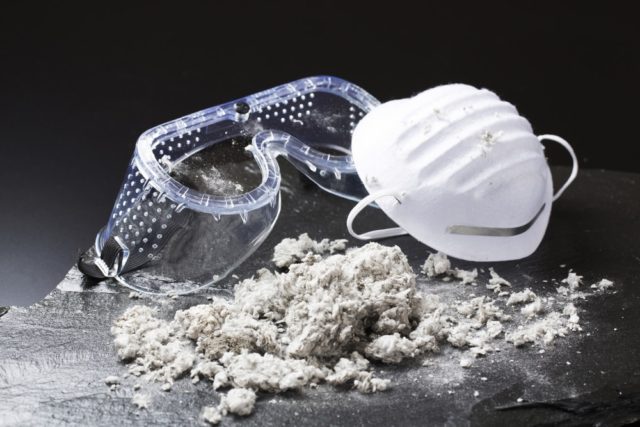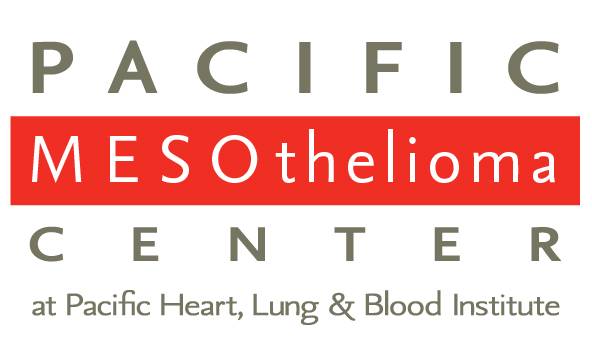Article by Miranda Sudo
What is Asbestos?
Asbestos is the commonly used name for six mineral fibers that occur naturally in the earth. These fibers are resistant to heat, fire, chemicals, and electricity which, in the past, made them the “perfect” material for use in many industries including construction, automobiles, and product manufacturing (“Asbestos exposure and cancer”). Unfortunately, we now know that asbestos is a human carcinogen and can cause multiple health problems.
In 1989, the U.S. Environmental Protection Agency (EPA) banned any new uses of asbestos and use in flooring felt; rollboard; and corrugated, commercial, or specialty paper. However, many uses developed before 1989 such as brake pads, roofing materials, cement pipes, and vinyl tile are still legal and prevalent today (“Asbestos toxicity”). When products containing asbestos are disturbed, they release tiny asbestos fibers into the air and, when breathed in, may get trapped in the lungs. Over time, these fibers accumulate causing scarring and inflammation, which can affect breathing and lead to serious health problems (“Asbestos exposure and cancer”).

Who is at Risk and How to Protect Yourself
Although there is no safe level of exposure, those who become ill from asbestos have usually been exposed on a regular basis. High asbestos exposure most often occurs in jobs where people work directly with the material (including mining, construction, firefighters, automobile workers, military members, and manufacturers of asbestos products) or through substantial environmental contact. There is also evidence to suggest that family members of workers heavily exposed to asbestos are also at risk due to asbestos fibers brought into the home on the worker’s shoes, clothing, skin, and hair. Symptoms of an asbestos-related condition generally take between 10-40 years to appear in those exposed (“Asbestos exposure and cancer”).
Today, risks of exposure are lower due to increased government regulations and improved work practices. For those in regular contact with asbestos, the following actions, even if not required, can help lower risk:
- Wear personal protective equipment
- Shower and change clothes before leaving work
- Store street clothes in a separate area of the workplace
- Wash work clothes at home separately from other clothes
Diseases, Current Treatments, and a Potential New Treatment Drug
There are three prevalent diseases often caused by asbestos exposure:
- Mesothelioma – an incurable cancer of the mesothelium, which is a membrane that lines the inside of the body’s cavities, such as the abdomen and chest.
- Cancer of the lung, larynx, and ovary
- Asbestosis – a non-cancerous form of pulmonary fibrosis where the lung tissue thickens and becomes stiff over time due to permanent scarring of the alveoli.
Standard treatments for mesothelioma and other cancers include surgery, radiation therapy, chemotherapy, and immunotherapy (Dunkin). Treatments for asbestosis focus on slowing disease progression and include oxygen therapy, pulmonary rehabilitation programs, or lung transplants for more severe cases usually accompanied by diseases such as emphysema or lung cancer (“Asbestosis”).
Recently, the FDA granted fast-track designation for IK-930, a new drug developed by Ikena to treat NF-2 Deficient Mesothelioma that cannot be surgically removed. This new drug is currently being tested in Phase 1 clinical trials and could potentially be a novel therapeutic option for patients with malignant pleural mesothelioma (“Ikena Oncology”). For more information on the development and testing of IK-930, check out the official press release.
RESOURCES
Asbestos exposure and cancer risk fact sheet. National Cancer Institute. (2021). Retrieved August 16, 2022, from https://www.cancer.gov/about-cancer/causes-prevention/risk/substances/asbestos/asbestos-fact-sheet#r2
Asbestosis. Mayo Clinic. (2022, February 11). Retrieved August 16, 2022, from https://www.mayoclinic.org/diseases-conditions/asbestosis/diagnosis-treatment/drc-20354643#:~:text=There’s%20no%20treatment%20to%20reverse,relieving%20symptoms%20and%20preventing%20complications.
Asbestos toxicity: Where is asbestos found? Centers for Disease Control and Prevention. (2014, August 26). Retrieved August 16, 2022, from https://www.atsdr.cdc.gov/csem/asbestos/where_is_asbestos_found.html
Dunkin, Mary Anne. Mesothelioma: Symptoms, causes, diagnosis, treatment, prognosis. WebMD. Retrieved August 16, 2022, from https://www.webmd.com/lung/mesothelioma-causes-and-symptoms
Ikena oncology receives FDA Fast Track designation for novel Tead Inhibitor IK-930 to treat unresectable NF2-deficient mesothelioma. GlobeNewswire News Room. (2022, June 22). Retrieved August 16, 2022, from https://www.globenewswire.com/news-release/2022/06/22/2466996/0/en/Ikena-Oncology-Receives-FDA-Fast-Track-Designation-for-Novel-TEAD-Inhibitor-IK-930-to-Treat-Unresectable-NF2-Deficient-Mesothelioma.html





